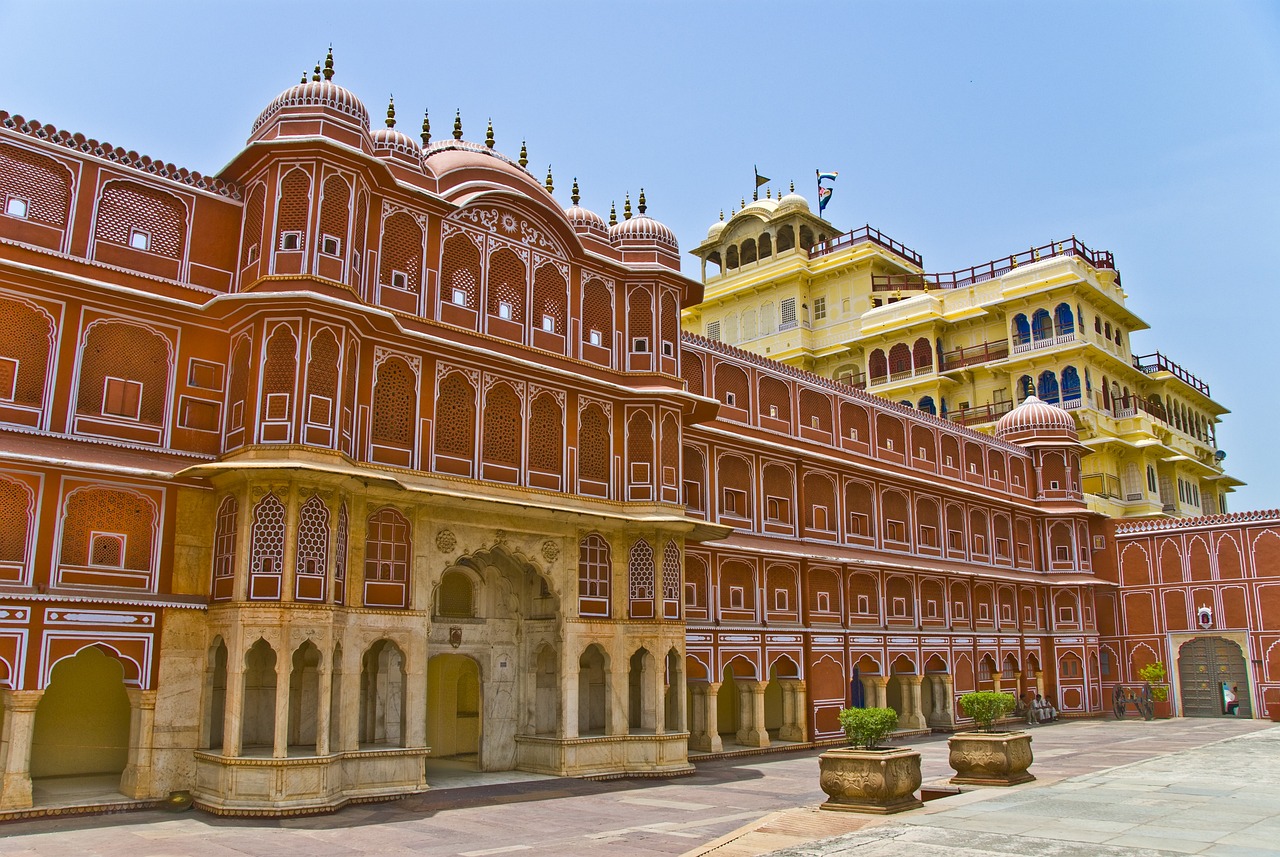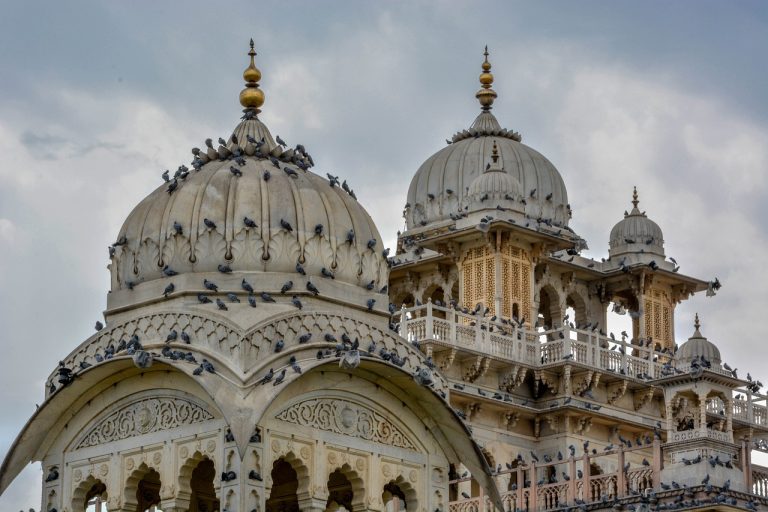Jaipur India Video
Architectural Wonders: Iconic Buildings in Jaipur India
Jaipur, the capital city of Rajasthan in India, is known for its rich history, vibrant culture, and magnificent architecture. The city, often referred to as the “Pink City,” is home to numerous architectural wonders that showcase the grandeur and opulence of the Rajputana era. From majestic palaces to intricately designed forts, Jaipur is a treasure trove of architectural marvels. In this article, we will explore some of the iconic buildings in Jaipur that have become symbols of the city’s architectural heritage.
Hawa Mahal
Keywords: Hawa Mahal, Jaipur, architecture, pink sandstone, five-story, palace
The Hawa Mahal, also known as the “Palace of Winds,” is one of the most recognizable landmarks in Jaipur. Built in 1799 by Maharaja Sawai Pratap Singh, this unique structure is made of pink sandstone and stands tall at five stories. The main attraction of the Hawa Mahal is its intricately designed latticework windows, which were built to allow the royal ladies to observe the bustling street life without being seen. The palace boasts a stunning facade with 953 small windows, each adorned with beautiful lattice work. It is a true architectural masterpiece that embodies the rich cultural heritage of Jaipur.
- Pink Sandstone: The Hawa Mahal is constructed using pink sandstone, which gives it a distinct and vibrant appearance.
- Latticework Windows: The palace is adorned with 953 intricately designed latticework windows, allowing for ventilation and providing a stunning view of the city.
- Observation Point: The Hawa Mahal was built as an observation point for the royal ladies to witness the activities on the streets below.
- Architectural Marvel: The unique design and architectural brilliance of the Hawa Mahal make it a must-visit attraction in Jaipur.
Image 1:

Amber Fort
Keywords: Amber Fort, Jaipur, architecture, Rajput, Hindu, Mughal
Located just outside Jaipur, the Amber Fort is a magnificent fort complex that showcases the fusion of Rajput and Mughal architectural styles. Built in the 16th century by Raja Man Singh I, the fort stands atop a hill and offers breathtaking views of the surrounding landscape. The architecture of the Amber Fort is a perfect blend of Hindu and Mughal elements, featuring intricate carvings, mirror work, and stunning frescoes. The fort is also known for its elaborate entrance gate, called the Suraj Pol, which is adorned with vibrant paintings and motifs.
- Rajput and Mughal Architecture: The Amber Fort showcases a beautiful amalgamation of Rajput and Mughal architectural styles.
- Intricate Carvings: The fort is adorned with intricate carvings depicting various mythological stories and motifs.
- Mirror Work: The interior of the fort features stunning mirror work, creating a mesmerizing effect when sunlight reflects off the mirrors.
- Frescoes: The walls of the fort are adorned with exquisite frescoes depicting scenes from everyday life and historical events.
Image 2:

City Palace
Keywords: City Palace, Jaipur, architecture, royal residence, museums, courtyards, gardens
The City Palace is a magnificent complex that served as the royal residence of the Jaipur royal family. Built in the 18th century by Maharaja Sawai Jai Singh II, the palace is a fine example of Rajput and Mughal architectural styles. The City Palace is a sprawling complex with several palaces, museums, courtyards, and gardens. The architecture of the palace is characterized by intricately carved marble work, stunning mirror work, and beautiful frescoes. The palace also houses a museum that displays a rich collection of artifacts, including royal costumes, weapons, and paintings.
- Rajput and Mughal Architectural Blend: The City Palace showcases a seamless blend of Rajput and Mughal architectural styles.
- Intricate Carvings: The palace features intricate marble carvings depicting various motifs and designs.
- Mirror Work: The interior of the palace is adorned with stunning mirror work, creating a dazzling effect.
- Museums and Artifacts: The City Palace houses several museums that display a rich collection of artifacts, providing a glimpse into the royal history of Jaipur.
Jantar Mantar
Keywords: Jantar Mantar, Jaipur, architecture, astronomical observatory, instruments, UNESCO World Heritage Site
Jantar Mantar is an astronomical observatory built by Maharaja Sawai Jai Singh II in the early 18th century. It is one of the five observatories built by the Maharaja across different cities in India. The Jantar Mantar in Jaipur is the largest and most well-preserved among them. The observatory features a collection of nineteen architectural astronomical instruments, each designed to measure time, track celestial bodies, and observe astronomical phenomena. The Jantar Mantar is recognized as a UNESCO World Heritage Site for its scientific and architectural significance.
- Astronomical Instruments: Jantar Mantar houses nineteen unique astronomical instruments that were used for measuring time and observing celestial bodies.
- Scientific Significance: The observatory played a crucial role in advancing astronomical knowledge during its time and continues to be an important site for astronomers.
- Architectural Brilliance: The instruments at Jantar Mantar are not only scientifically significant but also showcase the architectural brilliance of the Rajput era.
Conclusion
Jaipur, with its architectural wonders, offers a glimpse into the rich history and cultural heritage of Rajasthan. The Hawa Mahal, Amber Fort, City Palace, and Jantar Mantar are just a few examples of the magnificent buildings that make Jaipur a must-visit destination for architecture enthusiasts. The city’s architectural marvels stand as a testament to the grandeur and opulence of the Rajputana era, leaving visitors in awe of their beauty and craftsmanship.
References
– petitpalace.co.uk
– unesco.org







